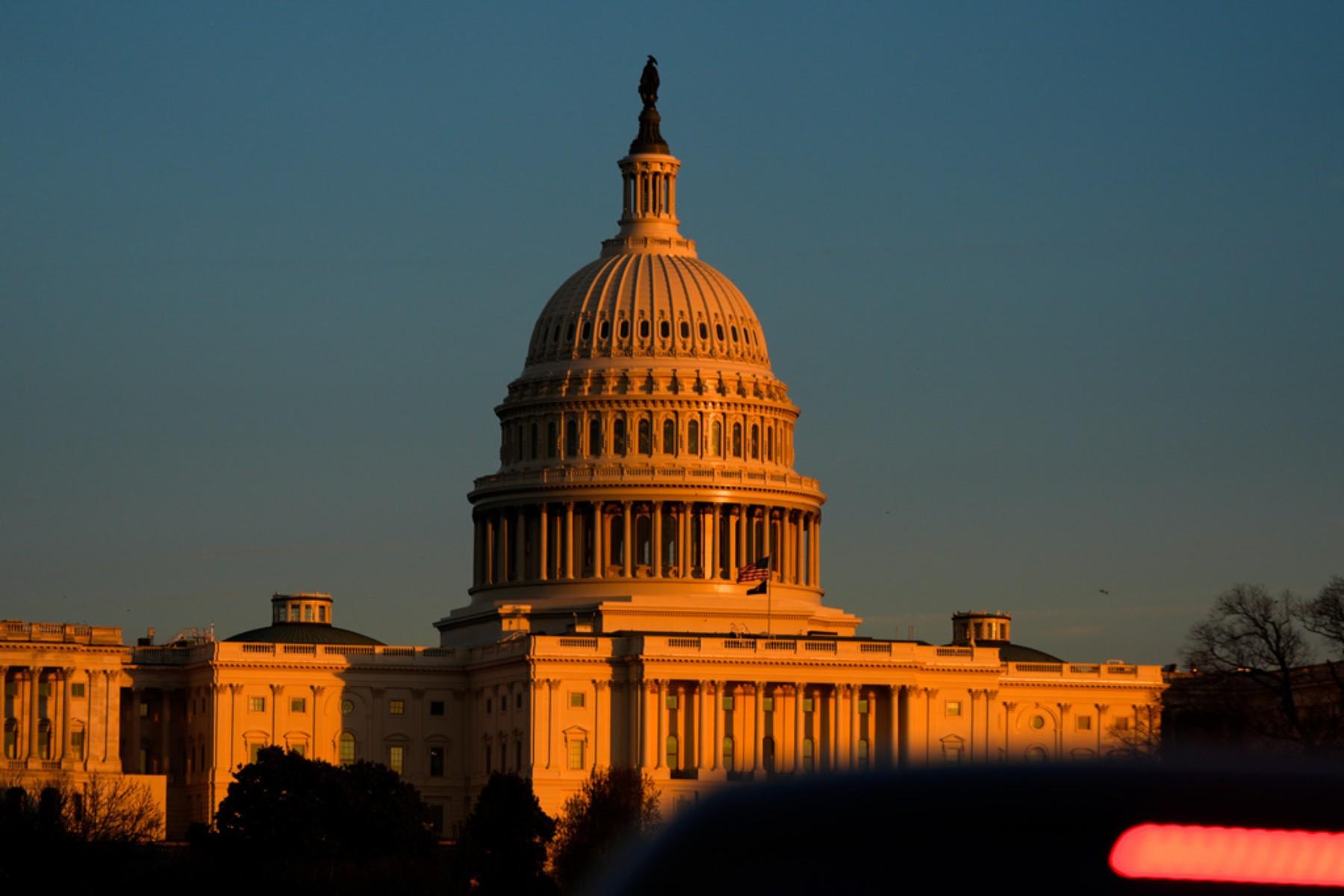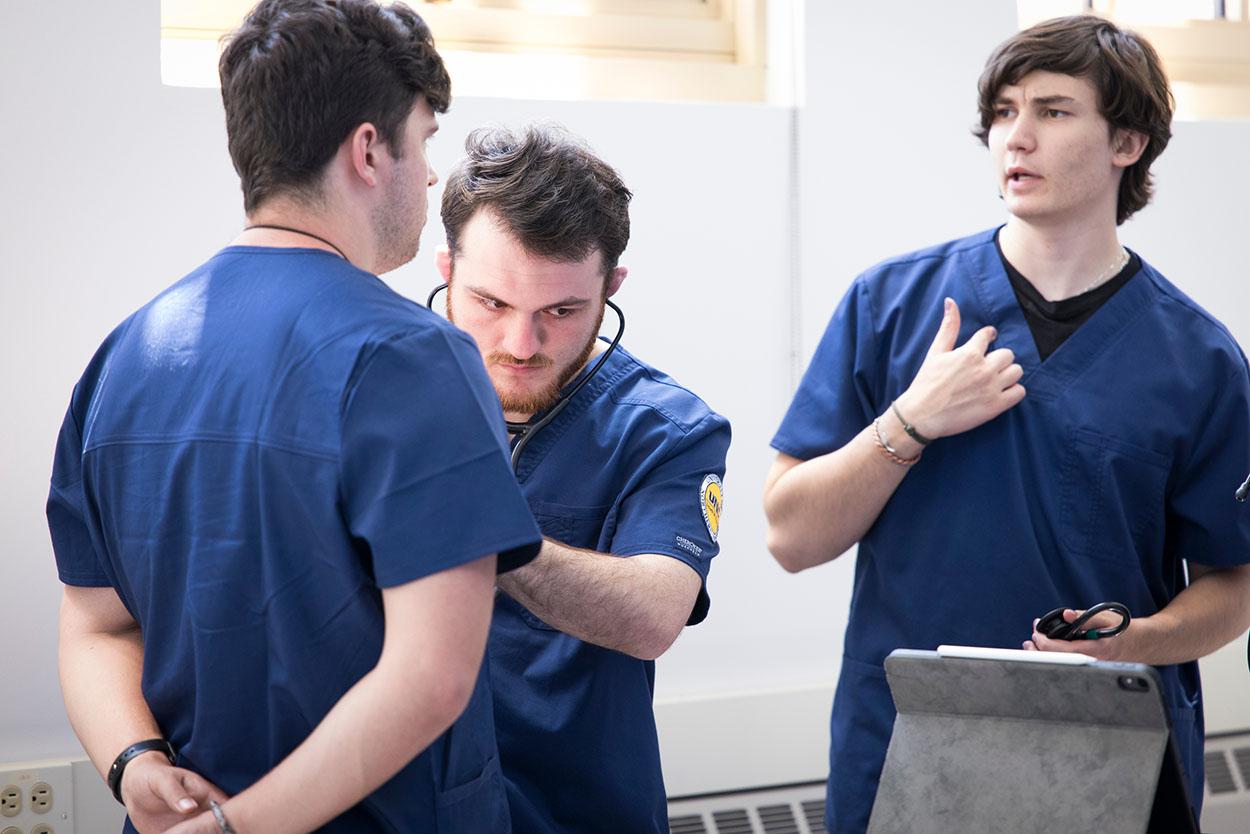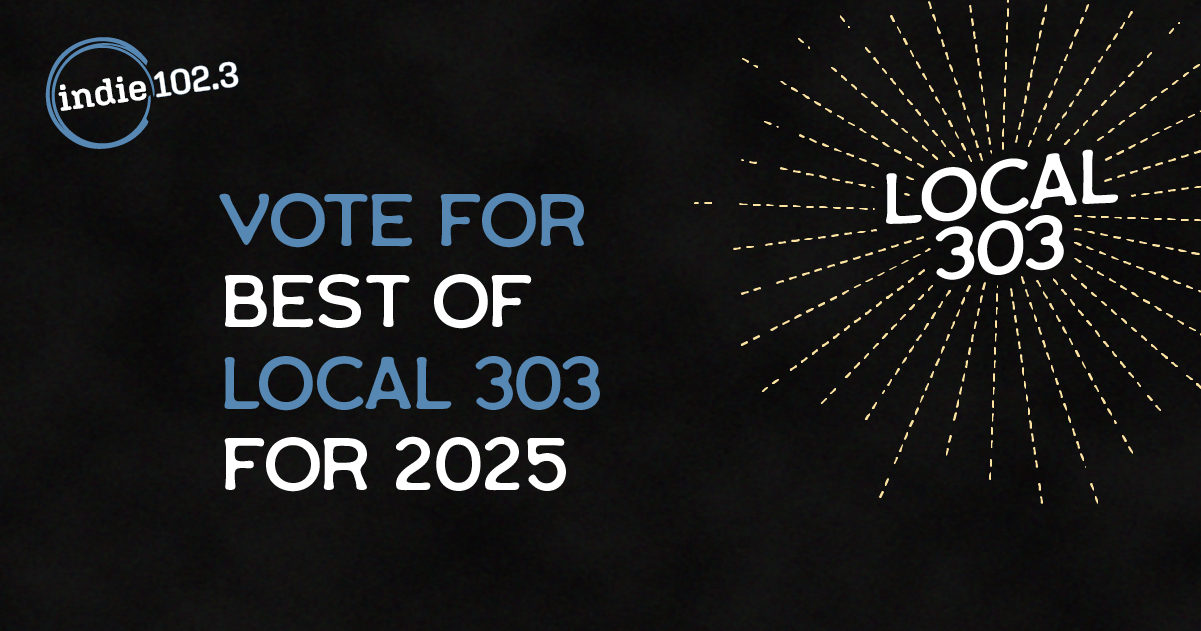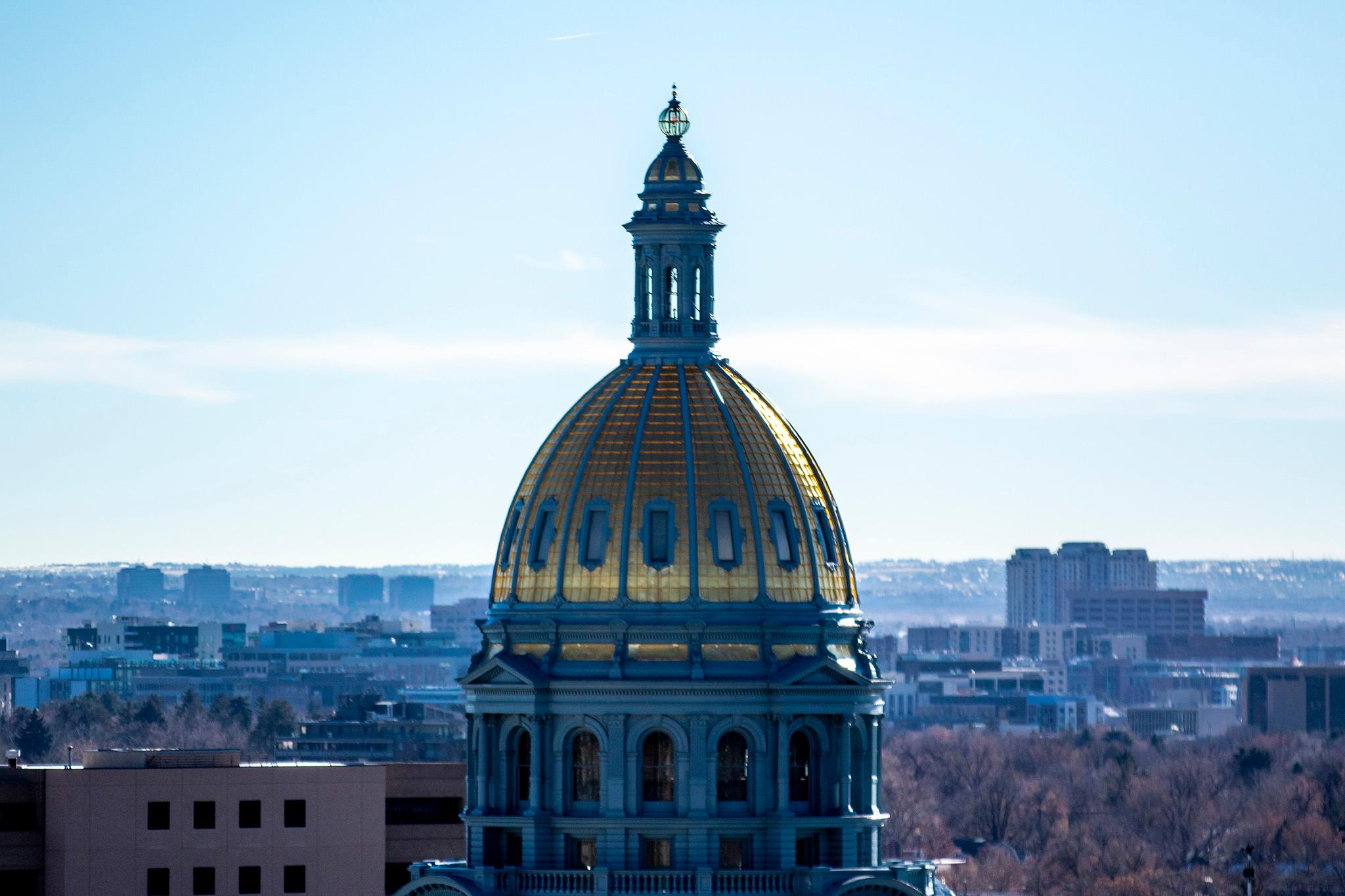
The Colorado House is set to take its vote on the state’s $40-billion spending plan on Monday, capping a months-long process to write and craft a balanced budget, as required by the state constitution.
This year the bipartisan joint budget committee worked overtime to finalize the proposal after the state’s revenue forecast showed that Colorado had nearly $200 million less than expected to spend. The committee was able to primarily reallocate money from cash funds to fill that gap.
Democratic Rep. Shannon Bird from Westminster chairs the Joint Budget Committee, a mix of senators and representatives from both parties that spend months working on the details. She said throughout the process of crafting the budget the bipartisan group was largely cohesive.
“People really united around the core goals of elevating education and making that a priority. So there was consensus around what we wanted to do for higher education, definitely K-12 education,” said Bird.
Lawmakers are proposing to increase funding for higher education by $132 million with the goal of limiting tuition increases to three percent for Colorado residents and four percent for out-of-state students. The state is also able to fully fund K-12 education for the first time since the Great Recession, ending what has been a multi-million-dollar shortfall for a decade and a half.
Democratic Sen. Rachel Zenzinger, who also sits on the budget committee, said while it’s a big deal, it means Colorado is now at 1989 spending levels, adjusted for inflation.
“Fully funding schools to 1989 levels should serve as the floor, not the ceiling,” she said at a press conference earlier this session.
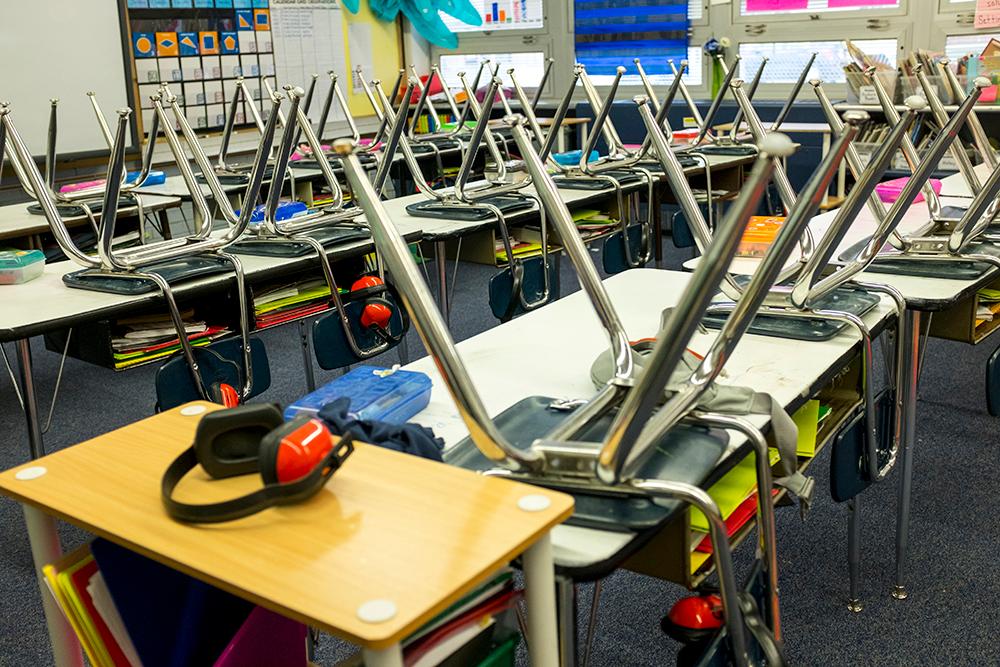
The budget would also set aside about $50 million to make up for a funding shortfall in the Healthy School Meals for All program that voters approved in 2022. It provides free breakfast and lunch to students regardless of income, and more children are taking part in the program than projected.
Another major priority for budget writers was to increase payments for health care providers, raising the Medicaid reimbursement rate by two percent. Bird said the committee funded a partial hospitalization benefit for substance use treatment, which is not currently a covered Medicaid benefit, and outpatient housing.
“A permanent supportive housing benefit for people also with substance abuse issues,” Bird said.
She said the idea is to round out support for those who struggle with substance abuse and need mental health treatment, but don’t necessarily need full hospitalization.
The budget committee also increased funding for lead testing in children and to mitigate and treat the spread of syphilis.
A smaller line item is a set aside of nearly $600,000 in the Department of Agriculture to help farmers and ranchers in Colorado set up non-lethal deterrents to protect livestock from wolves. It was originally stripped from the budget but then added back in after the committee heard from constituents that it would be helpful.
Bird said she does wish the budget could have been allocated more to capital construction and to maintain state buildings.
“This is something that's a challenge. Capital maintenance is expensive. We do the best we can.”
Colorado is collecting more tax revenue than it’s allowed to spend under the state constitution’s Taxpayers Bill of Rights, or TABOR. It limits state revenue growth to increases in population plus inflation. State budget planners predict excess revenues of about $1.3 billion for the 2024-2025 fiscal year that will be refunded to voters.
After expected passage in the House, the budget must go to the Senate, and, eventually, to Gov. Jared Polis. It will go into effect July 1.

